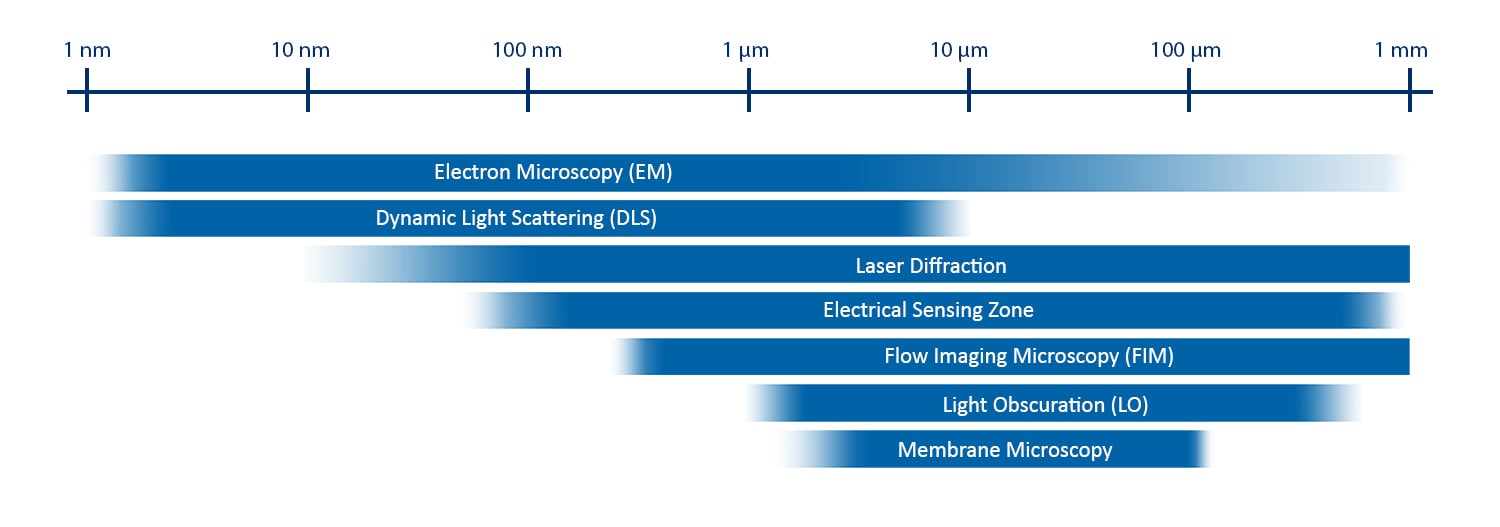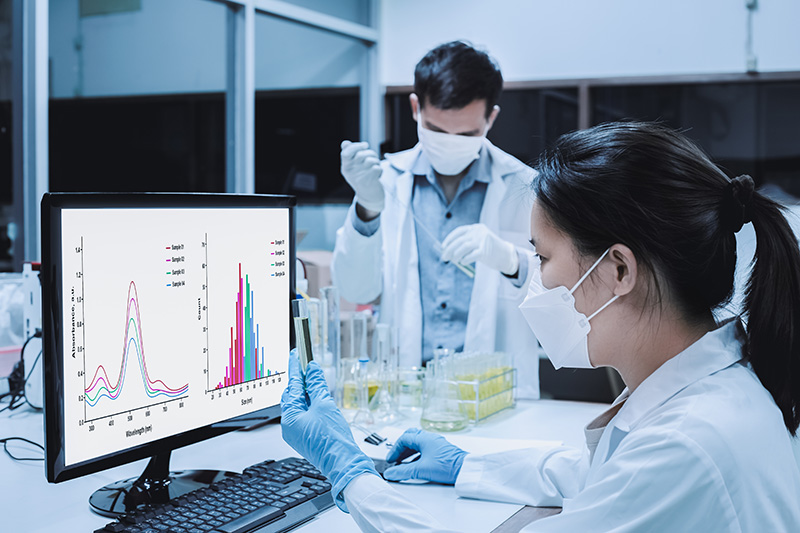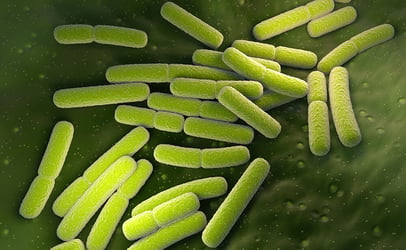Comprehensive characterization of biotherapeutics is often challenging given their complexity. In many cases, singular analytical methods cannot provide the complete picture of specific attributes. Orthogonal methods—different methods intended to measure the same attributes—are often necessary to provide independent confirmation of Critical Quality Attributes (CQAs).
Researchers often must collect accurate CQA data to address biotherapeutic research questions. Obtaining effective property data for an application often requires the use of both orthogonal and complementary analytical techniques. These terms describe how the information between different measurements relates to one another and how performing both improves a researcher’s knowledge of a sample.
Orthogonal Techniques monitor the same CQAs of a biotherapeutic formulation using different measurement principles. Flow imaging microscopy and light obscuration are usually orthogonal techniques; they both characterize subvisible particle count and size but measure these factors using digital imaging and light blockage, respectively.
Complementary Techniques provide new information about a formulation by measuring different CQAs. Circular dichroism and dynamic light scattering are both complementary techniques to flow imaging microscopy (FIM) for protein aggregation-focused applications; the former monitors a different property of the sample than FIM (protein conformation vs subvisible particle content), and the latter monitors similar properties but over a different dynamic range (i.e., nanoparticles vs. subvisible particles).
Understanding the relationships between different analytical techniques can help scientists select appropriate methods to obtain sufficiently accurate data on the relevant CQAs for an application.

Pictured above: a comparison of common particle analysis techniques and their comparative size ranges.
In our white paper, "Orthogonal and Complementary Techniques: Combining Flow Imaging Microscopy with Light Obscuration to Characterize Biotherapeutics", we review the definitions of orthogonal and complementary analytical techniques, discuss the pros and cons of some of the most common techniques used for biotherapeutic characterization, and offer recommendations for the most appropriate techniques to use in conjunction with flow imaging microscopy.
Commonly used as orthogonal techniques, FIM and Light Obscuration (LO) are compared in detail in this paper. The chart below reviews the measurement principle employed by each technique and how they differ. Orthogonal techniques like FIM and LO are valuable when used together because they give researchers a more trustworthy and accurate measurement of a single property. Any analytical technique is subject to bias or systematic errors in the data it provides due to limitations with the measurement principle it uses. Researchers can use data from orthogonal techniques to cross-check and verify their findings to control for these errors.

FlowCam LO greatly simplifies the process of collecting FIM and LO data for samples. This instrument combines an FIM module configured for subvisible particle analysis and a light obscuration module, allowing researchers to collect results from both approaches on a single instrument using a single aliquot of sample. In addition to the sample and time savings, this combination also allows users to compare particle measurements from the two modalities more directly to validate their results.













